An In-Depth Explanation
Block 3 of an ICPL code is as shown XXX-XXX-XXX. It represents the status, spoken, and written form of a language and is used to further classify between multiple dialects, national recognition status, and their writing system. In each of the 3 characters, the letter X will always be reserved either for "Default" or "Unclassified" as to represent a whole language or language family category.
Block 3 is almost always directly correlated with Block 1 and Block 2 codes. For instance, Block 1 (ISO 3166-1 alpha-3) will correlate with the first character of Block 3. Let's see it in practice now:
- 1 - Official Language(s)
- 2 - National Language(s)
- 3 - Recognised Language(s)
- 4 - Unrecognised Minority Language(s)
- 5 - Historical Language(s) (Caution: used to extend or cover extinct languages)
- 6 - Other
The second character of Block 3 however, is an arbitrarily assigned A to Z letter used to denote a standard form or its close siblings or dialects. As for the third character of Block 3, Block 2 language family code will directly affect this character and specific reserved letter denoting a particular class shall follow the pattern system as detailed below.
From A to Z, U will always be reserved as "Unspecified" and X is also reserved for categorical purposes. For example in countries where "Chinese languages" or "ZHO" is an official, national, or recognised language of Block 2:
- B - Semi-syllabary Clerical-Diacritic Bopomofo (or Zhuyin)
- C - Alphabetic Aramaic-Perso Xiao'erjing (or Children's Script)
- M - Semi-syllabary Braille Mainland
- N - Semi-syllabary Braille Taiwan
- O - Semi-syllabary Braille Two-cell
- P - Alphabetic Latinic-Diacritic Pinyin
- S - Logographic Clerical Simplified
- T - Logographic Clerical Traditional
- V - Logographic Clerical Variant (no further classification can be made; all variant, including corrupted, forms belong here)
- W - Alphabetic Latinic-Diacritic Wade–Giles
Help ICPL Grow
Help us build a universal global standard for identification of languages and advance linguistics, archeology, and computing. If you would like to contribute to the standard by joining a technical working group, or help us spread the standard, please contact us by emailing us  .
.

